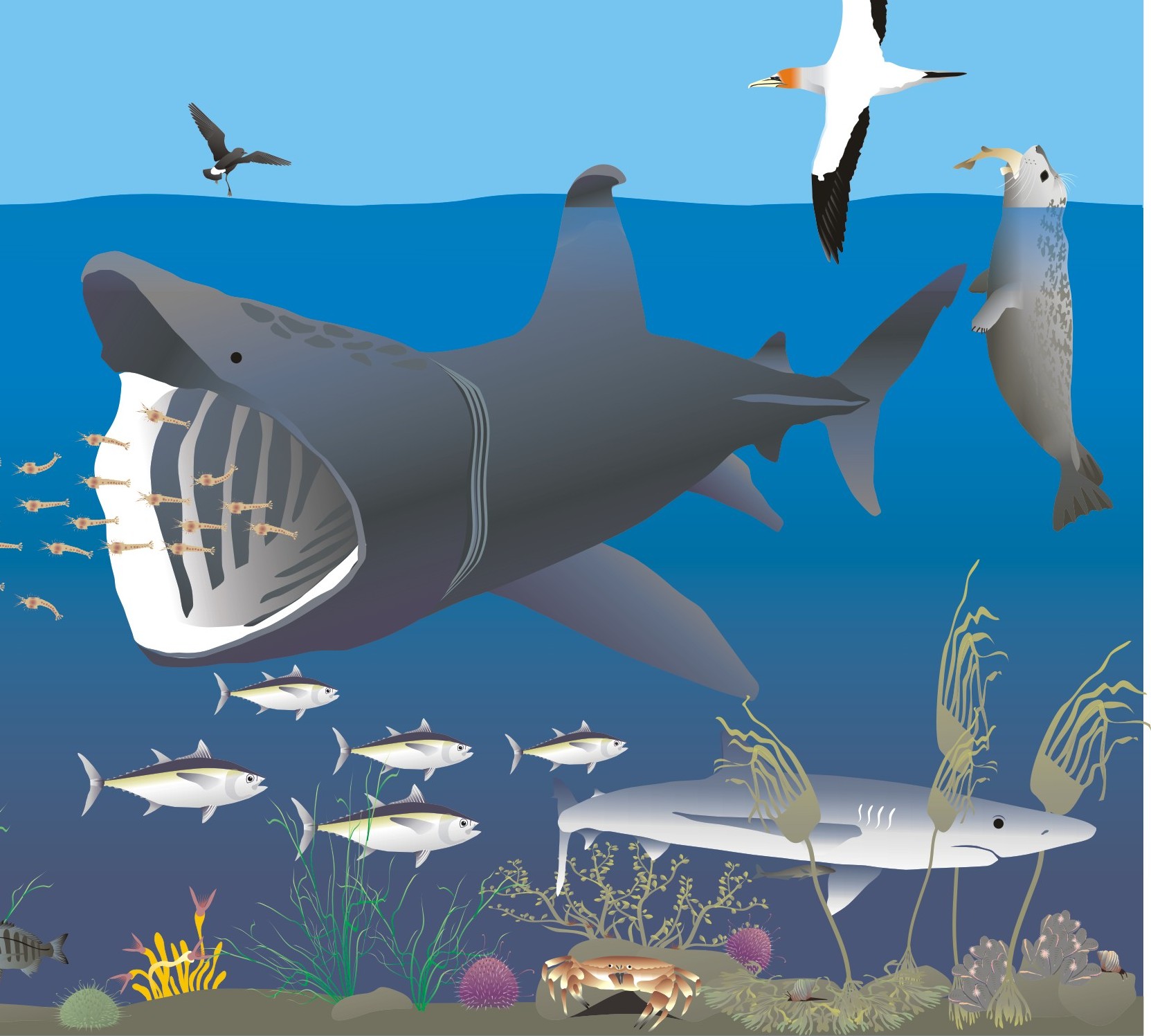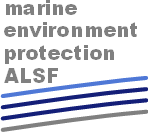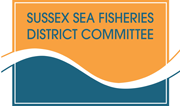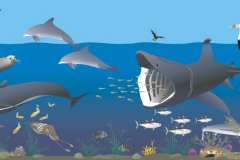This webpage contains resources, activities and suggestions to complement the teaching of a case study on marine ecological research aimed at Key Stage 3 and 4.
You can visit the Using our teaching resources webpage to find out what is on offer.
What sea animals live on the seafloor?
 This case study explores the methods ecologists used to create maps showing the distribution of different sea animal communities and their habitats on the seafloor. These maps will inform marine planning, allowing us to use the sea sustainably without damaging our underwater heritage.
This case study explores the methods ecologists used to create maps showing the distribution of different sea animal communities and their habitats on the seafloor. These maps will inform marine planning, allowing us to use the sea sustainably without damaging our underwater heritage.
The case study supports the curriculum by providing a real-life application of science in the workplace. We examine how and why ecologists sampled the sea animals living in and on the seafloor and what they identified as the special elements of Britain’s marine environment, which need our protection.
We recommend starting with the teacher pack, which has all the background information you need to understand this case study.
Case Study
- Biology Teacher Pack (PDF)
- What animals live on the seafloor? (PowerPoint Presentation)
- What sea animals live on the seafloor? (PDF version)
Lesson Image Bank
Click on the link and scroll back down to view the images in the lesson image bank.
E-Game
-
Be a Seafloor Explorer (online web game)
Interactive Whiteboard Lessons (currently SMART board only)
Film
- Talk to the Scientist: All(All sections; download film as MP4 file)
- Talk to the Scientist: Marine ecology (Film 1; download film as MP4 file)
- Talk to the Scientist: Benthic Macrofauna(Film 2 download film as MP4 file)
- Talk to the Scientist: Ecology Fieldwork (Film 3 download film as MP4 file)
- Talk to the Scientist: Biotopes (Film 4 download film as MP4 file)
- Talk to the Scientist: Humber REC Results (Film 5 download film as MP4 file)
Activity Sheets
Explore the Seafloor website also offers
- Information about each Regional Enviornmental Characterisation
- Image Bank
- Marine Careers
- Explore the Seafloor: Interactive map
- Online GIS
- Scientific Data (graphs, tables and figures taken from the original reports)
- Links to other MALSF outreach material, the original REC reports and much more.











